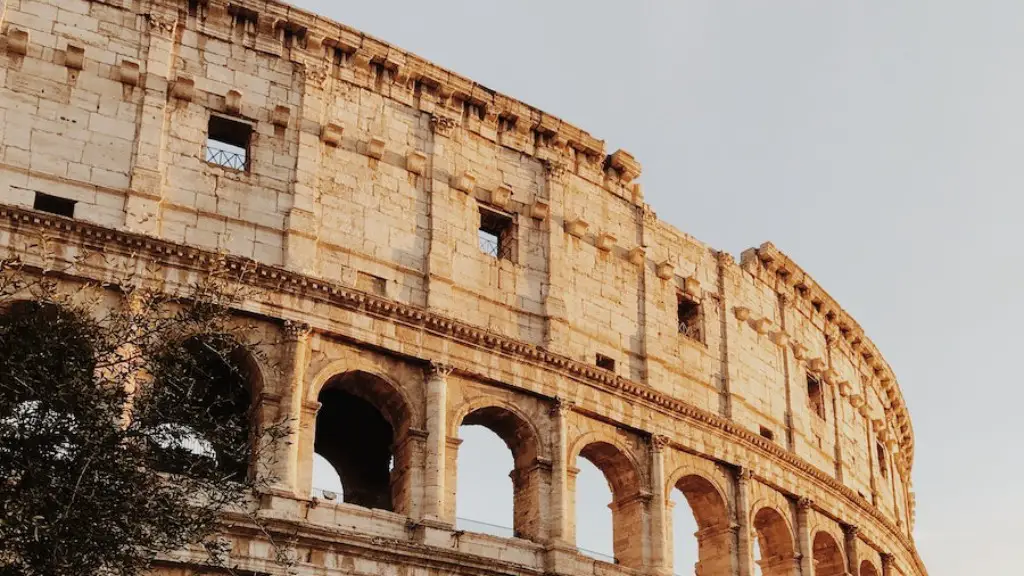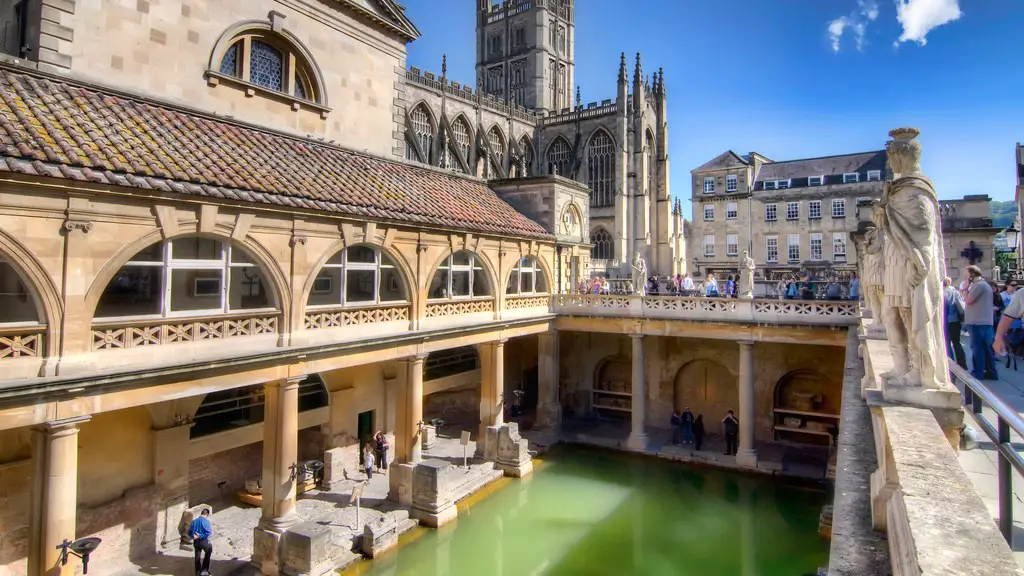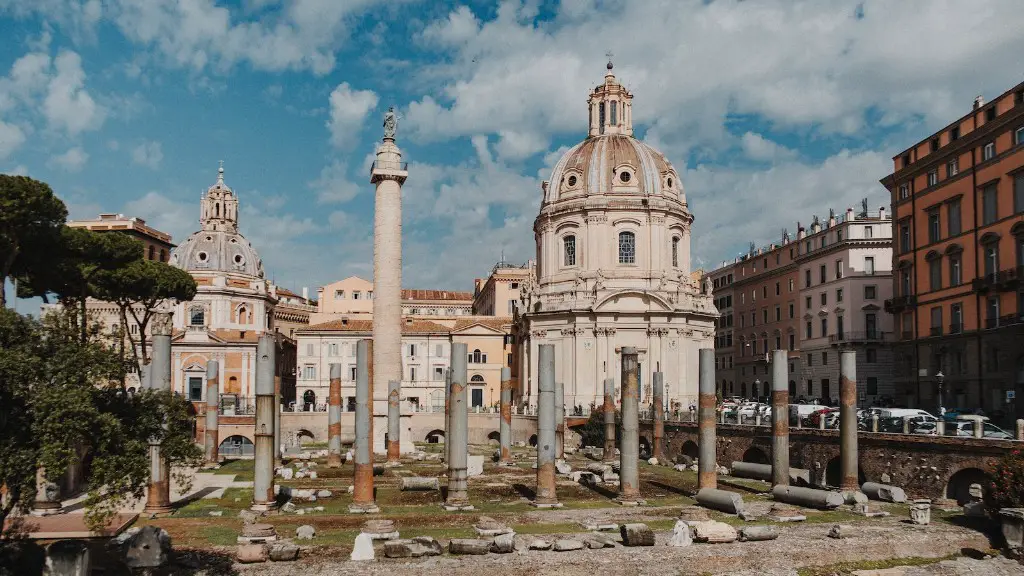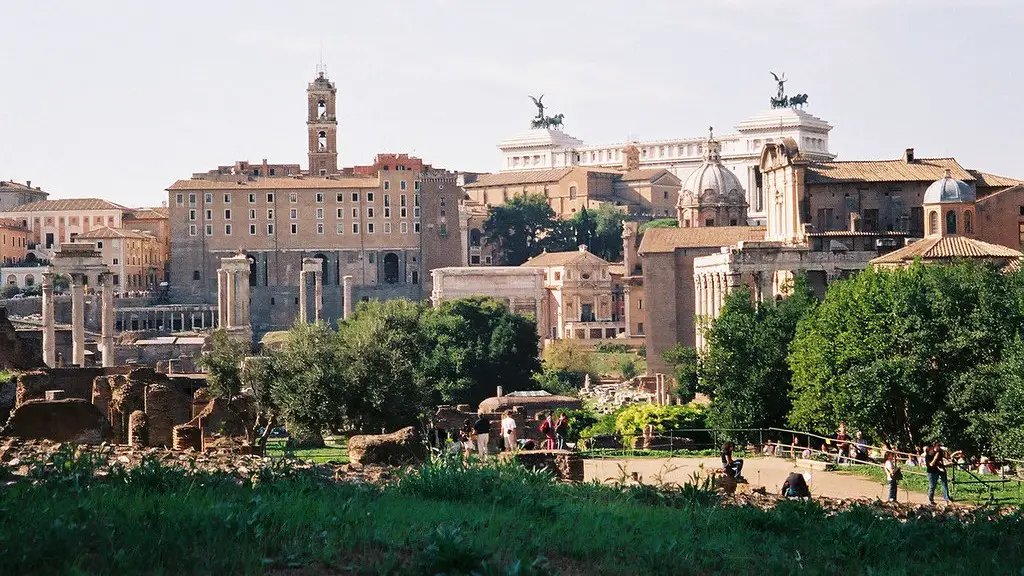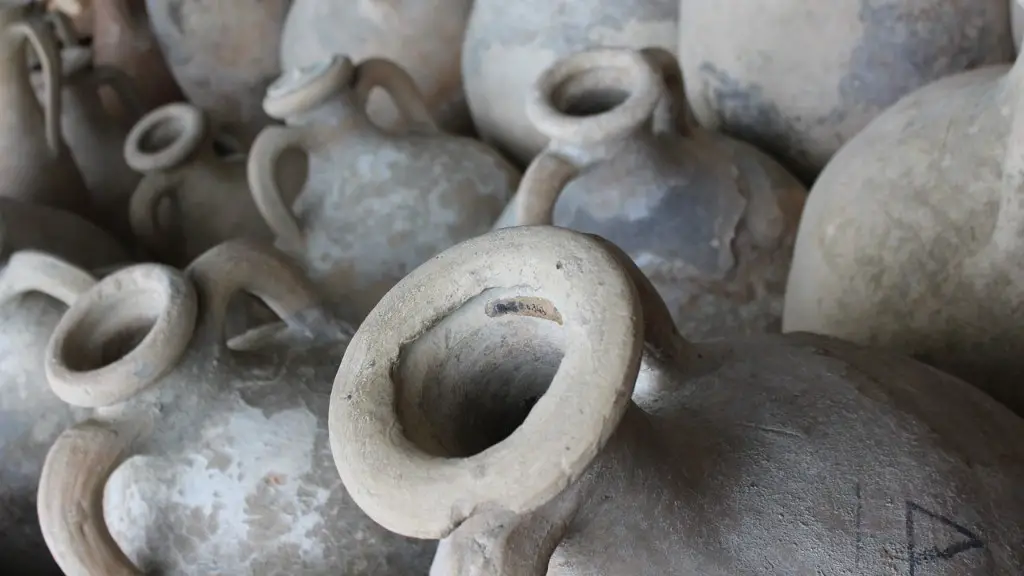Practicalities of Visiting Ancient Rome
For those interested in exploring one of the most fascinating cities in the ancient world, Rome offers a wealth of opportunities. Located in modern-day Italy, this city has been the focal point for countless stories, triumphs and tragedies for thousands of years. Visitors wanting to explore the city of Rome in its original form will encounter sights and experiences that are truly unique.
Aside from the stunning cultural aspect of visiting, one of the best reasons for Ancient Rome should start off with one of the iconic buildings that defined the empire – the Colosseum. This massive amphitheater is a must-see for any visitor and is a great starting point for exploring the impressive ruins, as well as understanding the incredible scale of Ancient Rome.
Of course, there’s no shortage of other buildings, monuments, sculptures and excellent museums to explore, both outside the Colosseum and dotted throughout the city. The Pantheon, which dates back to Ancient Rome, is a particularly impressive sight and recreates a sense of the ancient world in its near-perfect condition.
To really get to know Ancient Rome, there are several tour options available that give visitors the chance to explore specific areas, as well as giving some background history and context. Traditional tour guides also offer guided walking tours, allowing a more intimate experience with explanation of buildings and monuments as you walk through the city.
The weather in Rome tends to get quite hot in summer, so visitors should prepare for this accordingly and bring plenty of sunscreen, hats and loose fitting clothing. Although the weather can be warm, the city rarely experiences extreme temperatures, meaning conditions are normally favorable for sight-seeing.
Admission prices to many of the Ancient Roman sites also need to be taken into account. Luckily many of the entrances can be paid for with a single ticket, such as the Roma Pass, as well as providing access to some of the most popular sights, such as the Colosseum and Palatine Hill.
Finally, it’s important to note that exploring the city, including entering ruins, can be a physically demanding task. Ancient Rome has endured for thousands of years, and the uneven terrain, cobblestone paths, and often steep stairs can be hazardous and challenging to traverse. So, visitors keen on seeing everything the city has to offer should ensure they’re physically prepared, with comfortable and adequate footwear.
History of Ancient Rome
Before exploring Ancient Rome it’s important to understand the historical context of the city. Founded in 753 B.C, Rome was originally a monarchy before the Roman Republic was formed in 509 B.C. This eventually furthered Rome’s expansion, which led to a period of expansion, conquest and eventually to the fall of the Republic and rise of the Roman Empire. This saw Rome spread its influence over almost every part of Europe.
The Colosseum is an iconic symbol of Ancient Rome and is an excellent example of how far it was able to expand its power and influence. The building was originally built by Emperor Vespasian in the 1st century A.D., in less than 10 years, with the enormous structure designed to hold up to 80,000 people. The Colosseum was used as a space to entertain citizens with gladiatorial fights, animal hunting and even mock sea battles.
As with most empires, Rome eventually declined due to economic strain and military loses, and had weakened considerably by the time the barbarians invaded in 410 A.D. Despite the collapse of Rome, its legacy wasn’t lost on the world, with the impact of Ancient Rome seen in the architecture, culture, philosophy and much more throughout the world.
Visiting Ancient Rome is an amazing chance to explore a fascinating and complex part of history and witness its influence around the world. With its impressive ruins, exciting stories, and awe-inspiring sights, the city certainly has a vast amount to offer.
Culture & Customs
Modern-day Rome didn’t just miraculously spring up. It still bears traces of Ancient Rome’s cultural influences, found within its people and customs. From centuries-old Catholic traditions to modern spoken-word performances, there’s an exciting array of activities that hint at Rome’s centuries-long past.
One scene that has endured from Ancient Rome is its vibrant nightlife. Rome’s intense social culture is steeped in its bars, cafes, nightclubs and live music hubs. Many downtown streets are home to bars and pubs playing everything from classical to contemporary music, a great place for any visitor looking for a unique yet modern experience.
Across the city, Rome’s vibrant social values and incredibly innovative architecture come together to provide visitors with an interactive, modern cultural experience. Beyond the Colosseum, visitors can also explore the extravagant baroque architecture of the Trevi Fountain. The arts, film, music and theater also form huge parts of Rome’s cultural scene, with many galleries dedicated to both classic and modern pieces.
The citizen’s of Rome are fiercely proud of their cultural heritage, fueled by the city’s long and varied history. Street performances, often utilizing music and storytelling to recreate ancient Roman practices, are popular throughout Rome – giving the city a strong sense of culture that has often been splashed over movies and books.
For those looking for a completely unique experience, a tour of the catacombs is a great chance to explore a unique area of Ancient Rome. These underground tunnels were originally used to bury the deceased, and some of these catacombs were in use for centuries. Although many are no longer accessible to the public, there are a few underground tours that take visitors below the base of some of Rome’s most iconic sights.
Influences of Ancient Rome in the Modern World
The greatest legacy of Ancient Rome is, without doubt, its huge impact on the modern world. Its laws, customs and language have shaped the way Europe, and even the world, functions today. Language and trade both flourished in Ancient Rome, introducing ideas that are still relevant worldwide.
The Roman Empire established a language, Latin, which would become the basis for many of the Romance Languages spoken by people around the world. Its origins can be traced to languages even further back in time, such as Etruscan and Latin, which were spoken in the Italian peninsula for thousands of years.
The trade system established in Rome was also incredibly far-reaching and efficient. Despite the technological limitations at the time, Roman traders still connected people, goods and ideas across the entire empire – a network that would eventually unite the Western world.
Major legal systems, such as Roman Laws, also form the basis that many countries use today and are still influencing laws created in different countries. Additionally, Ancient Rome also left a lasting architectural legacy in the form of monuments, statues, columns, theaters and more.
The pantheon is a prime example of the sheer scale and grandeur of the architecture in Rome. Designed by the renowned architect Apollodorus of Damascus and completed in 126 A.D., this iconic building stands as one of the oldest in the modern world. Its imposing dome is still one of the largest and most admired architectural feats in history, and the Pantheon is just another example of how modern cities around the world still incorporate aspects of Ancient Rome into their own built environments.
Cuisine in Ancient Rome
Much like it’s culture and customs, Rome has also maintained its historical roots in terms of the food it serves today. Restaurants and bars around the city offer an array of traditional Italian dishes created with fresh and seasonal produce, paying significant attention to texture and flavor.
Rome is often considered the birthplace of Italy’s infamous ‘Carbonara’ dish. A regular favorite, this dish features pasta cooked with an egg, Parmigiano Reggiano cheese and Guanciale (a type of pork cheek). It’s an excellent representation of what Roman cuisine is all about – simple but delicious dishes with locally sourced ingredients.
Cavatelli, a type of pasta shaped into small shells, is often best served with a creamy walnut pesto. Similar to Carbonara, it’s a simple dish but with a subtle yet indulgent flavor. Suppli, a type of Roman croquette, is another popular dish that’s often served as an appetizer or main course. Made with rice and a mixture of cheese and spices the delicious snack is almost an institution in Rome.
What truly makes a meal in Rome special however is the atmosphere and culture that goes with it. This can truly be experienced in the centre of the city, where historic buildings, vibrant streets and of course, delicious food all mix together to create something truly unique.
Sightseeing Opportunities
In addition to major sights such as the Colosseum, Palatine Hill, and the Pantheon, Rome offers countless opportunities for sightseeing.
As previously mentioned, some of the city’s primary attractions are its breathtaking and atmospheric churches, particularly the St. Peter Basilica. An imposing structure, the Basilica provides visitors with a stunning example of Renaissance architecture and is also home to several works of art.
Also worth visiting is the Castel Sant’Angelo, a beautiful structure on the banks of the Tiber River. It was originally constructed as a mausoleum for the Roman Emperor Hadrian, before being transformed into a defensive fortress in medieval times. Visitors can explore the fort’s grand halls and ramparts, and climb the stunning terraces to witness breathtaking views.
Alternatively, a visit to Campo de Fiori is another great option. This large, open square has been a go-to destination since the 16th century, with its market occupying the greater part of the area. From beautiful flowers and souvenirs to delicious Italian food and an atmosphere of Italian hospitality, Campo de Fiori has something for everyone.
For an unforgettable experience, visitors can also explore a number of smaller Venice-like canals in Rome. These winding waterways, referred to collectively as the Tiber Islands, offer a unique perspective of the city and a chance to get away from the hustle and bustle of the main city.

